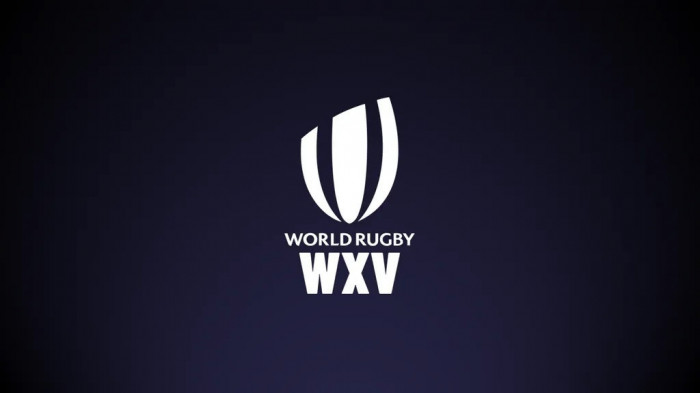WXV 2024: Pools and fixtures
A look at the pool draws for this year’s WXV, announced today.
Published by John Birch, July 16, 2024
5 minute read

The tournament will again use the cross-pool system. There are a number of reasons why the current WXV format demands this unusual method.
Cross-pool can work well and certainly the top and bottom places will normally be well deserved. However, as we explained last year, other rankings can be distorted if the pools are not well balanced, and with World Cup places on the line in WXV3 this year that balance is all the more important this year.
So how does WXV 2024 look, just over two months before the kick-off?
WXV1
(with current rankings)
Pool A: England (1), France (4), Ireland (10)
Pool B: Canada (3), New Zealand (2), United States (7)
Unlike the other two competitions, WXV1 pools are not defined by rankings. In WXV1 the top three Six Nations teams play against the top three Pacific Fours teams, regardless of ranking.
There is as a result a greater chance of unbalance in WXV1, but this year at least the pools are almost as well balanced as they could be. Only Ireland qualifying (despite ranking below Scotland, Wales or Italy) makes Pool A appear weaker than Pool B – if WXV1 was organised in the same way as WXV2 and WXV3 Ireland and the USA would swap places.
As a result on paper at least the Pool A teams face a tougher task than those in Pool B.
WXV2
Pool A: Australia (5), Italy (9), Japan (11)
Pool B: Scotland (6), Wales (8), South Africa (12)
WXV2 is drawn based on rankings, which is perhaps a shame as it means that Italy will have to play two very familiar Six Nations opponents.
But the result is two incredibly balanced pools, with Pool A only very marginally stronger, which should mean a close and exciting competition. If Italy were swapped with South Africa this would not be the case. An all “Six Nations Pool B” would significantly stronger than a “rest of the world Pool A”, with the three Six Nations teams pretty much guaranteed to finish in the top four places.
But because it has been drawn based on rankings this is not the case and this should be a very tight competition.
WXV3
Pool A: Spain (13), Hong Kong (17), Samoa (18)
Pool B: Fiji (14), Netherlands (16), Madagascar (25)
WXV3 is the one that matters. Two teams will qualify from the World Cup from here. Fiji have already qualified, so the other five teams will be competing for those final two places.
And here it is Pool A that appears to have the advantage, with an average ranking of 16 compared to Pool B’s average of over 18.
But that difference is entirely due to Madagascar and who know how this wonderfully enthusiastic team will perform playing outside of Africa against non-African opposition for the very first time. They may defy their ranking and produce some shocks, or they may not.
When it comes to the World Cup qualification Spain looked very well placed. The team that appears to be their greatest rivals for the WXV3 title are Fiji, but as they are already at the World Cup even if Spain lost to Fiji they remain very well placed to finish ahead of the other four teams.
It is the battle second World Cup spot that will be fascinating to watch. The Netherlands are the highest ranked of the other four, and have a good record against Hong Kong, with two wins in three matches, but lost their only game with Samoa.
Hong Kong are next ranked, but again Samoa have the better history. And Madagascar are the great unknown.
It is perhaps the Dutch game against Samoa that could be decisive here – and that will come in the first weekend
Note that as it stands there will be no promotion or relegation this year. Instead the whole competition will be reviewed before the next edition, due in 2026,
